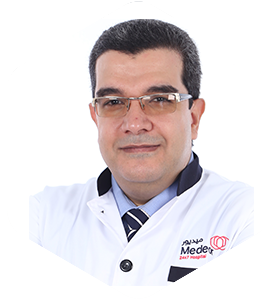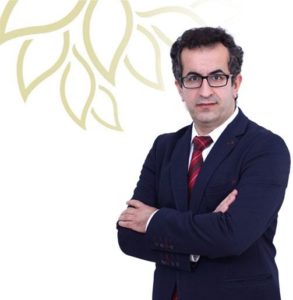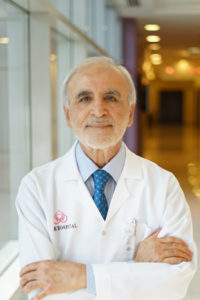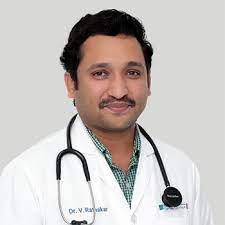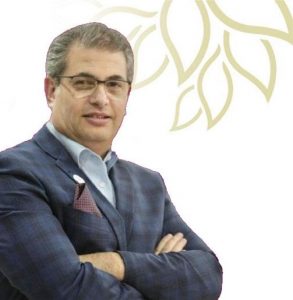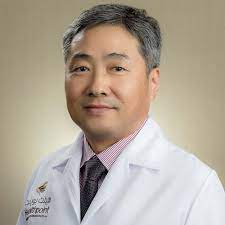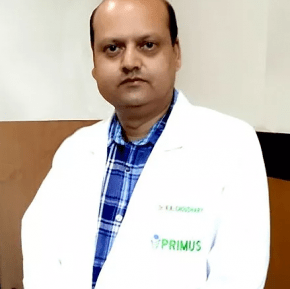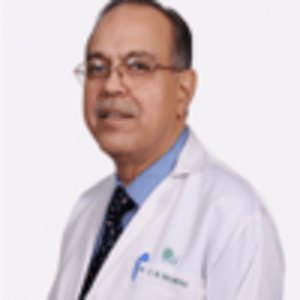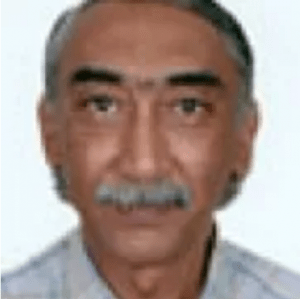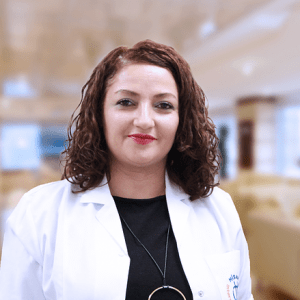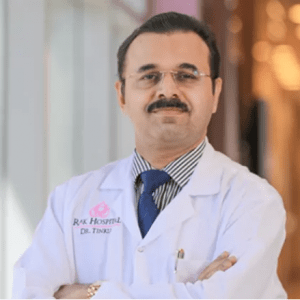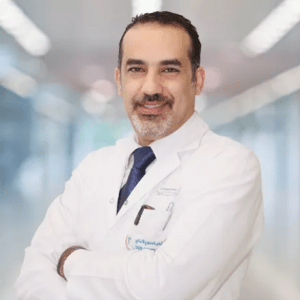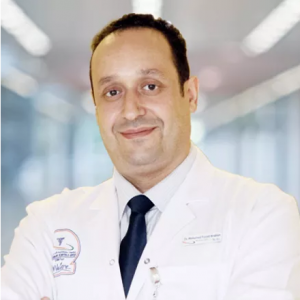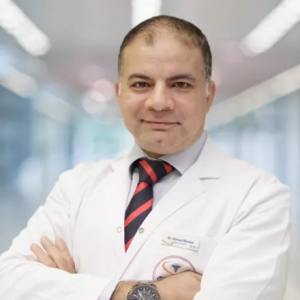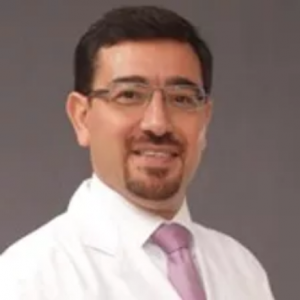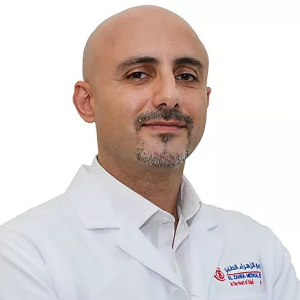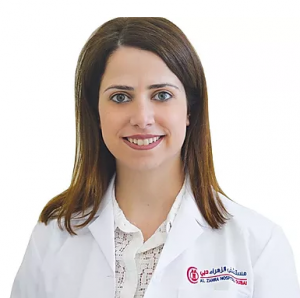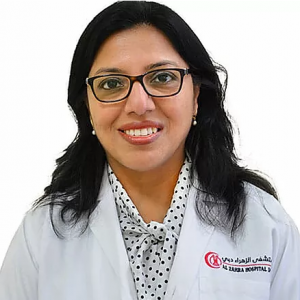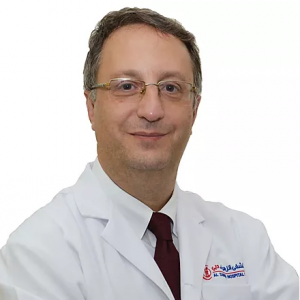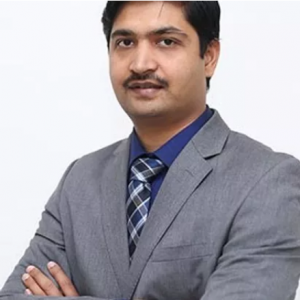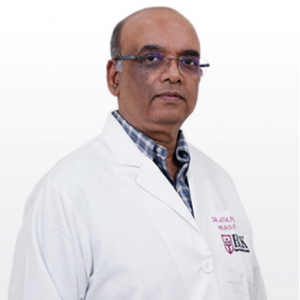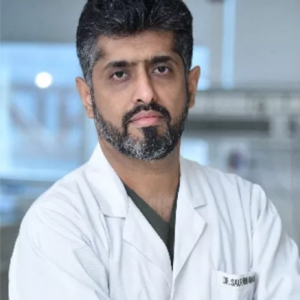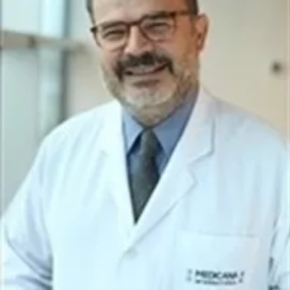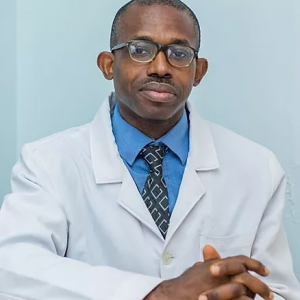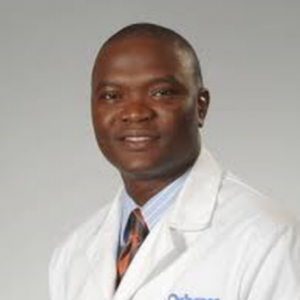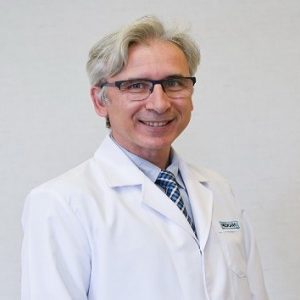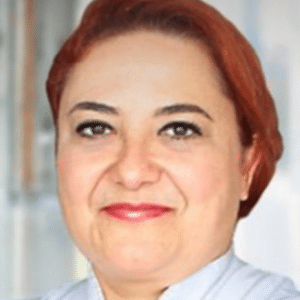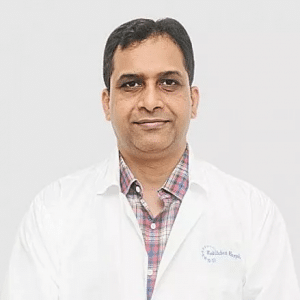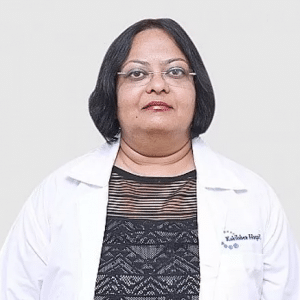Cerebral Aneurysm Treatment
A brain aneurysm (AN-yoo-riz-um) is a bulge or ballooning in a blood vessel in the brain. It often looks like a berry hanging on a stem. A brain aneurysm can leak or rupture, causing bleeding into … Read More
Top Doctors For Cerebral Aneurysm Treatment Treatments
Top Hospitals For Cerebral Aneurysm Treatment Treatments
Cerebral Aneurysm Treatment
Treatment of cerebral aneurysm
There are several types of treatment for a cerebral aneurysm:- Blocking of blood supply by emboli to one structure of the body. It leads to a decrease in the size of the aneurysm
- Surgical intervention. If the aneurysm has not yet ruptured, then the following operations are performed:
- Clipping operation. The bottom line is that squeezing clips are applied, which ultimately remove the aneurysm from the bloodstream.
- Transcranial removal.
- In 14 percent of cases, neoplasm rupture leads to the outpouring of blood into the ventricles. In this case, the hematoma is removed.
- If ventricular hemorrhage is also possible, then the doctor conducts ventricular drainage.
- The use of folk remedies for the treatment of aneurysms is not excluded. Infusions of hawthorn, dill, and elderberry will help.
Surgical removal of the aneurysm
Endovascular surgery of the cerebral aneurysm is carried out only under the close supervision of doctors, who will continue to monitor the body’s recovery process for a long time. Rehabilitation after surgery for an aneurysm of cerebral vessels takes place in medical institutions. Clipping of a cerebral aneurysm is performed under general anesthesia. After examining and determining the type of disease, the doctor decides which surgery to use for treatment. To prevent rupture of the aneurysm, it is clipped. With the help of a metal clip, the leg of the protruding section of the vessel is pinched. After such treatment, many restrictions must be observed, but still, this does not prevent the appearance of new aneurysms. In difficult cases, when there are a lot of deformations, clipping will not help. Then endovascular occlusion of cerebral aneurysms is done. A specific metal stent is inserted into the resulting cavity and protects the vessel wall from rupture. Recovery from surgery can take several days. But after that, the patient must change his lifestyle. Such treatment almost returns the patient to regular life. With proper rehabilitation after surgery, a daily routine is fully restored. If the treatment is carried out on time, then the recurrence of the disease can be avoided. For control, you must regularly undergo an examination by a doctor. Sometimes surgery can cause complications. It happens more often in elderly and debilitated patients with concomitant chronic diseases. Perhaps the development of vascular obstruction, their frequent spasms. All this leads to oxygen starvation.Medicines
If a strange and sharp headache occurs, a person must immediately go to the nearest medical institution for qualified help. The disease is not treated with medication, but there are prevention and rehabilitation after surgery. Surgical intervention is currently the only and most promising method of treating an aneurysm. Treatment with specific drugs is used only to stabilize the patient or in a situation where surgery is contraindicated. Chemicals compounds are not able to eliminate the aneurysm. They only reduce the likelihood of rupture of the vessel by eliminating critical factors. Some of the drugs included in the complex of general therapy aimed primarily at alleviating the symptoms of the initial complications in patients. Common medications are:-- Calcium channel blockers:- The chemical reliably blocks calcium channels in the muscle cells of the vascular walls. The vessels expand. Blood circulation in the cerebral arteries improves. These drugs are indispensable in the prevention of dangerous arterial spasms.
- Antacids:- The principle of action is based on the blocking of H2 histamine receptors in the stomach. As a result, its acidity decreases, and the secretion of gastric juice is significantly reduced. This group includes Ranitidine.
- Anticonvulsants:- The drugs cause reliable stabilization of membranes in nerve cells. Pathological nerve impulses noticeably slow down and do not spread.
- Antiemetic drugs:- Mostly prochlorperazine is used. The gag reflex is reduced by blocking the postsynaptic dopamine receptors in the mesolimbic section of the brain.
- Pain relievers:- Morphine is very helpful in relieving pain. The level of pain is reduced as a result of exposure to specific opioid receptors.
- Antihypertensive drugs:- Recently, three main drugs have been used: labetalol, captopril, hydralazine. Due to the effect on enzymes and receptors, the general tone of the arteries decreases, rupture is prevented.
Cerebral aneurysm traditional remedies
A cerebral aneurysm is one of those physiological disorders for which drug treatment alone will not be enough. The same can be said for traditional remedies. However, drugs used in this medicine are capable of affecting the blood flow inside the cerebral arteries. In many cases, this will be enough to reduce the risks associated with hemorrhagic stroke and ruptured aneurysm. Conditions before using traditional medicines:-- Traditional methods are applicable only when approved by the doctor. Aneurysms of the cerebral vessels are treated with folk remedies only after an examination and determination of the degree of development of a dangerous disease.
- Before starting the treatment of aneurysm with traditional medicine, you need to determine what effect the drugs used on the body have, whether they cause allergic reactions.
- Bearing in mind the high risk of complications, experts recommend giving preference to medicines. Treatment of cerebral aneurysms with traditional remedies is permissible only when the doctor gave the go-ahead for the use of it.
Symptoms
A sudden, severe headache is the key symptom of a ruptured aneurysm. This headache is often described as the “worst headache” ever experienced.
Common signs and symptoms of a ruptured aneurysm include:
• Sudden, extremely severe headache
• Nausea and vomiting
• Stiff neck
• Blurred or double vision
• Sensitivity to light
• Seizure
• A drooping eyelid
• Loss of consciousness
• Confusion
Causes
The causes of brain aneurysm are unknown, but a range of factors may increase your risk.

